Check out Erin St Blaine’s latest tutorial on creating custom moving eye graphics that blink, flash and wiggle for your EyeLights LED glasses. This is a simple tutorial and fun for kids. They’ll love wearing light-up sunglasses that display images of their own designs. From the guide:
Create custom pixel graphics for your LED glasses and show off your style. These eye-catching glasses are fun to customize and wear. It’s easy to build – just plug the controller board into the glasses, attach the frame, and you’re ready to upload your custom eye graphics.
This tutorial will show you how to create a simple animated pixel art illustration (sprite) and upload it to your glasses. This is a great project for kids or people interested in learning to code. We’ve done most of the heavy lifting so you can do the fun part: making your own glasses.
abstract:
– This guide provides instructions on how to create custom animated graphics for LED glasses by drawing pixel art and using sprite sheets.
– It details the process of using Piskel to create and animate sprites, export them to .bmp files, and implement them using CircuitPython code.

Adafruit products used:
– This guide utilizes [Adafruit LED Glasses Driver](https://www.adafruit.com/product/5217) Used to control the LED matrix on glasses.
– It also mentions using [Adafruit LIS3DH Triple-Axis Accelerometer](https://www.adafruit.com/product/2809) Used to detect head tilt to loop animation.
– The LED glasses themselves, are [Adafruit EyeLights LED Glasses and Driver](https://www.adafruit.com/product/5217), which is the core of this project.
Learn more in Custom Animated Graphics for LED Glasses with Sprites
Adafruit publishes a wide range of written and filmed content, including interviews and reporting on the maker market and the wider technology world. Our standards page is intended to serve as a guide to best practices for use with Adafruit, as well as an overview of the ethical standards to which Adafruit strives. While Adafruit is not an independent news organization, Adafruit is committed to being a fair, informed and positive voice in the community – check it out here: adafruit.com/editorialstandards

Adafruit is now online on Mastodon, come join us! adafruit.com/mastodon
Stop breadboarding and soldering – start building now! Adafruit’s circuit playground is filled with LEDs, sensors, buttons, alligator clip pads, and more. Build projects in minutes with Circuit Playground through the drag-and-drop MakeCode programming site, learn computer science with CS Discoveries courses on code.org, jump into CircuitPython to learn Python and hardware, TinyGO, and even use the Arduino IDE. Circuit Playground Express is the latest and greatest Circuit Playground board, supporting CircuitPython, MakeCode and Arduino. It has a powerful processor, 10 NeoPixels, mini speaker, infrared reception and transmission, two buttons, a switch, 14 alligator clip pads and a large number of sensors: capacitive touch, infrared proximity, temperature, light, Movement and sound. A vast world of electronics and coding awaits you, and it’s right in the palm of your hand.
Have an amazing project to share? The Electronics Show & Tell takes place every Wednesday at 7pm ET! To join, go to YouTube and check out the show’s live chat – we’ll post the link there.
Join us every Wednesday at 8pm ET for Ask an Engineer!
Join over 36,000 makers on Adafruit’s Discord channel and become part of the community! http://adafru.it/discord
CircuitPython – The easiest way to program microcontrollers – CircuitPython.org
There are no comments yet.
Sorry, the comment form is currently closed.

